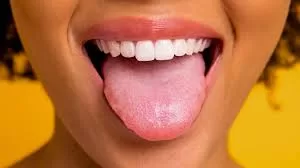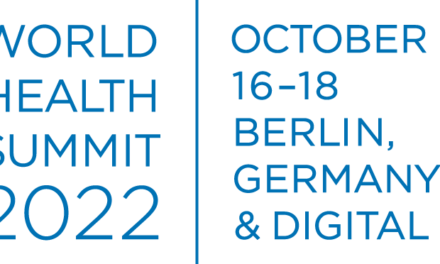In a groundbreaking development, researchers from Middle Technical University (MTU) and the University of South Australia (UniSA) have created a novel computer algorithm that can predict various diseases with remarkable accuracy by simply analyzing the color of the human tongue. The AI-driven imaging system boasts a 98% accuracy rate in diagnosing conditions such as diabetes, stroke, anemia, asthma, liver and gallbladder issues, and even Covid-19.
The breakthrough builds on the ancient practice of traditional Chinese medicine, where the tongue’s color, shape, and thickness have been used for centuries as diagnostic tools. This age-old method has now been enhanced by modern technology, allowing for real-time analysis and diagnosis.
Ancient Wisdom Meets Modern Technology
“The color, shape, and thickness of the tongue can reveal a litany of health conditions,” said Ali Al-Naji, adjunct Associate Professor at MTU and UniSA, and a key figure behind the development of this technology. “Typically, people with diabetes have a yellow tongue; cancer patients a purple tongue with a thick greasy coating; and acute stroke patients present with an unusually shaped red tongue,” he explained.
The AI system was trained using 5,260 images to detect various tongue colors associated with different diseases. During the study, researchers received 60 tongue images from two teaching hospitals in the Middle East, representing patients with a wide range of health conditions. The algorithm was able to accurately match the tongue color with the correct disease in nearly all cases, underscoring its potential as a powerful diagnostic tool.
Real-Time Diagnosis with AI
The imaging system operates by placing cameras 20 centimeters from a patient to capture the tongue’s color, which the AI then analyzes to predict health conditions in real time. The system’s ability to deliver accurate diagnoses on the spot could revolutionize the way diseases are detected and treated.
The study, published in the journal Technologies, details how this AI-driven system can significantly advance medical practices by providing an accessible and non-invasive method of diagnosis. The researchers believe that this technology could be adapted for use with smartphones, making disease screening more accessible to people worldwide.
A Leap Forward in Medical Diagnostics
Co-author UniSA Professor Javaan Chahl noted the potential of this technology to transform global healthcare. “This is a significant leap forward in using AI for medical diagnostics,” he said. “By leveraging AI, we can replicate and enhance traditional diagnostic methods, providing accurate and timely health assessments that could save lives.”
The potential applications of this technology are vast. In addition to predicting diabetes, stroke, and other conditions, the system could be used to monitor ongoing health issues and provide early warnings for emerging diseases. As the world continues to grapple with global health challenges, this AI-driven approach could offer a new, efficient, and widely accessible way to detect and manage diseases.
Conclusion
The integration of AI into traditional diagnostic methods represents a promising advancement in the field of medicine. With further development and adaptation, this tongue-color analysis technology could become a vital tool in global healthcare, making accurate disease screening more accessible than ever before.











